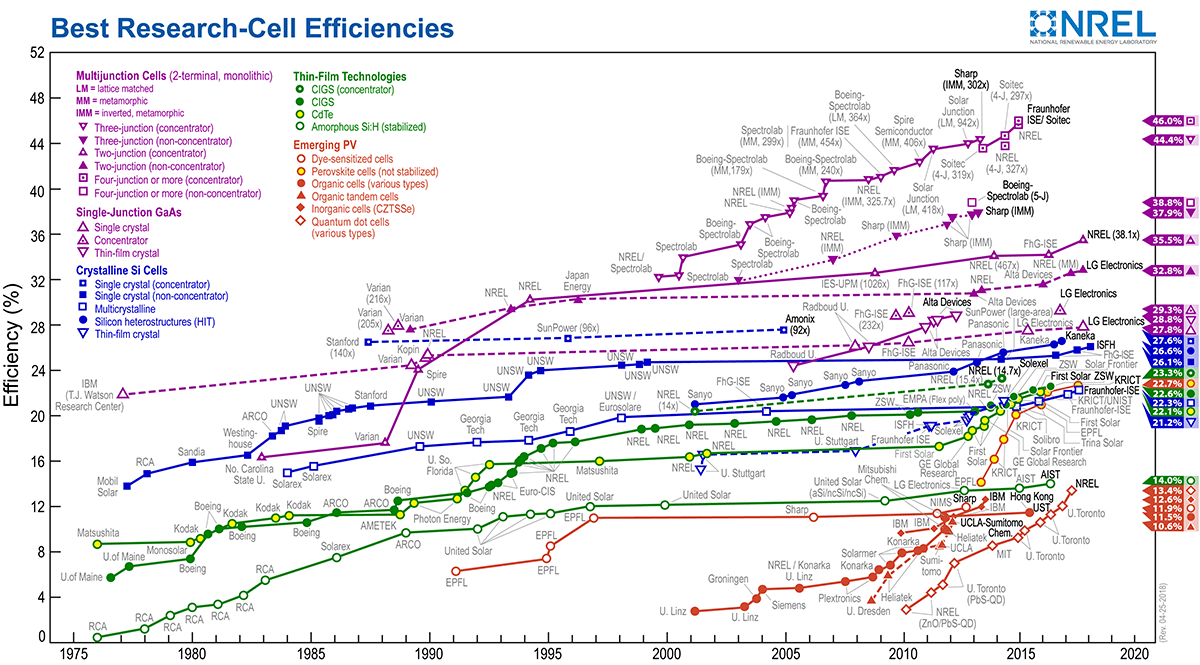First of all, it should be understood that essentially all energy except for nuclear fission and geothermal is derived from solar power. The Sun’s energy drives the hydrological cycle that moves water, allowing for river flows from which power can be produced by dams; it causes currents and uplifts in the atmosphere that move wind which can drive wind turbines; and of course it is the source of energy for all photosynthetic plans and algae which produce phytomass for combustion and nutrition, which can be viewed as being delayed and immediate energy sources.
Phytomass, in the form of so-called ‘fossil fuels’, e.g. gaseous and liquid petrochemical (oil, natural gas) and solid carbonaceous (coal, peat, oil shale), is what drove our collective society from being powered primarily by animal husbandry and very crude renewable sources to an industrial society supporting very dense populations with complex logistical and transportation networks. However, all of the ‘solar’ energy of that phytomass was concentrated into very dense forms over the span of tens of millions of years, largely by geological forces, and we’ve managed to consume a large portion of the readily accessible amount of it in the span of somewhat less than two centuries.
The question becomes whether we can use immediate sources of solar energy, irrespective of their specific conversion methods (photovoltaic, solar thermal, biofuels, et cetera) to replace the delayed sources (fossil fuels). When the problem is examined from this overarching perspective, the scaling problem becomes very clear; as can be seen from this chart, there are order of magnitude differences between the necessary power density requirements to sustain cities and other industrial capabilities such as steel production and transportation compared to the power density and required footprint of PV solar, biofuel, and other renewable resources. Such resources are renewable (with certain caveats) but not sustainable in the sense of being able to keep up with energy demand. (The chart I was actually looking for was from Vaclav Smil’s Global Catastrophes and Trends, pg 85, Figure 3.5, but I can’t find it online.) This is irrespective of incremental improvements in solar power efficiency and energy storage methods; the scale of the gaps would require near-magical improvements to even be viable as a replacement.
Does that mean that we shouldn’t invest in renewables? Absolutely not. Although solar is not going to scale up to replace all fossil fuel production, it is readily deployable and more cost effective than carbon sequestration of coal-fired and fuel oil, plants, and so can be used to offset and retire those sources to reduce atmospheric carbon output. It can also be used to provide peak daytime power production or stored for surge production, and solar has the potential to provide for essentially all dispersed residential use at less than 40 degrees latitude. What it cannot replace is transportation energy (though it could offset commuter demand through electric vehicle and synthetic fuel production) and high power demand for industrial uses without enormous physical footprints for energy collection and the associated environmental impact and maintenance costs. And it is certainly possible that advances in biotechnology will allow us to produce power directly from glucose through biomolecular mechanisms, thereby removing the inefficiencies inherent in either extracting energy from rich plant oils or producing alcohols for combustion.
So, I wouldn’t say that solar energy as a general for is “reaching maturity”, but the scaling issue is one that won’t disappear with incremental improvements in existing or prospective solar power production technologies, nor in improvements in energy storage, and we’re going to have shift to other dense power production sources (Generation IV nuclear fission, nuclear fusion, hydrocarbon fuel synthesis, et cetera) for future industrial demand, particularly as developing nations engage in more heavy industry and per capita energy demand.
Stranger

